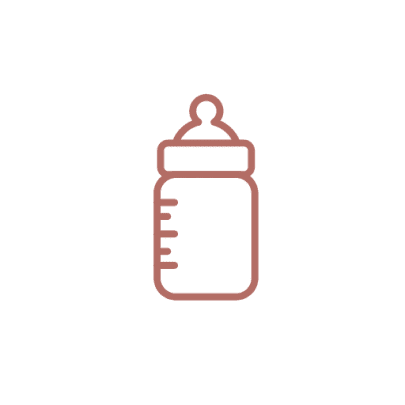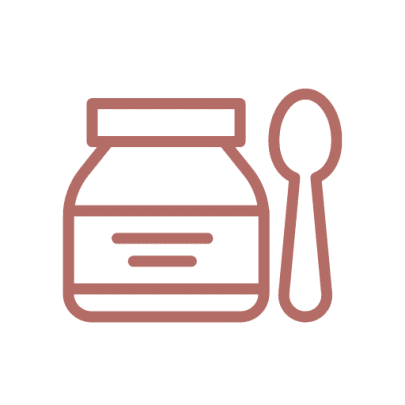Midwife Lily McBain has prepared a fact sheet about Raynauds.
Raynaud’s Phenomenon of the nipple (RPN) also known as Nipple Vasospasm is a condition, which may cause breastfeeding to be painful. It occurs when blood vessels in the nipple tighten and restrict the blood flowing to the nipple, which can cause throbbing, burning, tingling and numbness in the nipple and even the whole breast. It may happen during, immediately after and sometimes between feeds and usually occurs as a response to a drop in temperature.
How will you know if you have RPN?
You may experience intense nipple pain during, after and between breastfeeds, which is likely to be worse when you are cold.
You may notice that your nipples change colour from white to bluish/purple and then to red before returning to normal.
Who is likely to have RPN?
Women who have Raynaud’s phenomenon in other parts of the body or family members that do. It may appear as poor circulation in fingers and toes or white colouring on fingers and toes when it is cold.
Women who have a history of migraine headaches.
If no other explanation can be found for the nipple pain such as poor attachment or fungal infection then RPN may be the cause.
How can you prevent episodes?
Avoid becoming cold. Heat the bathroom when you shower, wear warm clothing and socks, do not air your nipples, feed in a warm environment or under a blanket, use warm compresses or heat wheat packs immediately after feeds.
Wear breast-warmers inside your bra.
Try to relax, as emotional stress can be a trigger.
Avoid caffeine and cigarettes.
What treatments are available?
Dietary supplementations such as calcium, magnesium, vitamin B6, fish oil and evening primrose oil may be effective but consultation with your healthcare professional, midwife or lactation consultant is recommended.
Aerobic exercise may be helpful.
A prescription medication called Nifedipine may be effective if symptoms are severe.
Where to find further help and advice:
If you need further advice and support or have more questions about RPN then you should seek help.
Consultation with a certified lactation consultant is the best place to start, as they will have the most information. Speaking to your midwife or family and child health nurse can also be helpful and they can refer you on to specialist care if required.
Photographic image showing how a woman’s nipple transitions through an episode of vasospasm. The first image shows the blanched white appearance, which moves onto a blue then red phase shown in the second image and finally resolves to normal, which can be seen in the third image.









